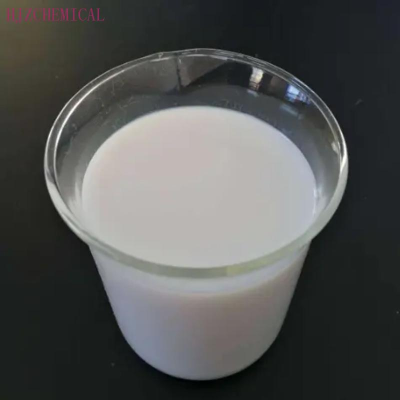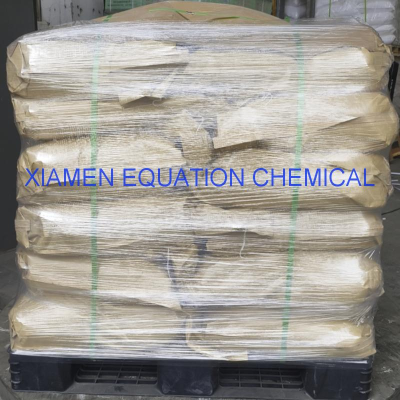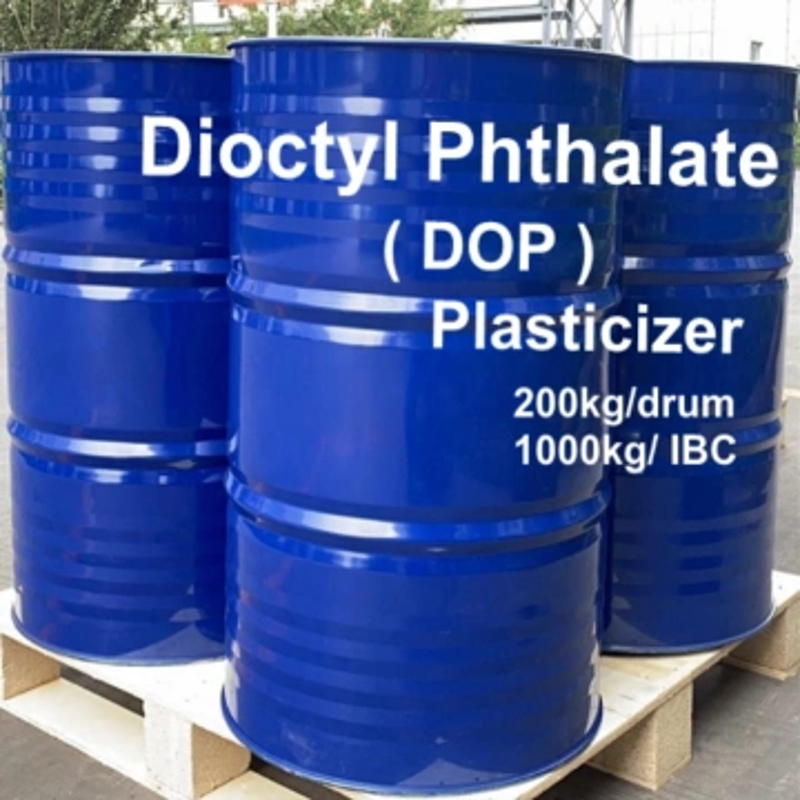-
Categories
-
Pharmaceutical Intermediates
-
Active Pharmaceutical Ingredients
-
Food Additives
- Industrial Coatings
- Agrochemicals
- Dyes and Pigments
- Surfactant
- Flavors and Fragrances
- Chemical Reagents
- Catalyst and Auxiliary
- Natural Products
- Inorganic Chemistry
-
Organic Chemistry
-
Biochemical Engineering
- Analytical Chemistry
-
Cosmetic Ingredient
- Water Treatment Chemical
-
Pharmaceutical Intermediates
Promotion
ECHEMI Mall
Wholesale
Weekly Price
Exhibition
News
-
Trade Service
Recently, in order to effectively protect the lives of motorcycle, electric bicycle riders and car drivers, and reduce traffic accident deaths, the Traffic Administration of the Ministry of Public Security has deployed the nationwide "One Helmet, One Belt" security guard operation
.
As an injection molding machine manufacturer and solution provider, we have brought you a complete and professional "helmet" solution according to the needs of the market! Whether it is the production of anti-epidemic materials or helmets, Baojie has always provided you with injection molding machines as the main equipment
.
Baojie K series fast injection molding machine: high efficiency, stability and energy saving
Baojie K series fast injection molding machine: high efficiency, stability, energy saving, high efficiency, stability and energy savingBaojie K series fast injection molding machine has stable performance, uniform plasticization, and fast mold opening and closing cycle.
It is equipped with a new whole oil circuit system, equipped with a strong power system and a control system with excellent performance, and the operation is more user-friendly
.
About Helmets
The composition of the helmet: In a complete driving helmet, it generally includes the following components: helmet body, face shield, lining, reflector and safety buckle
.
National standard: The current mandatory national standard version is "Motorcycle Crew Helmets" (GB 811-2010)
.
The material of the helmet: the main body of the helmet is the shell of the helmet, which is the first line of defense to protect the head when it is hit and absorbs and disperses the impact.
The material of the helmet shell is generally ABS/ABS+PC
.
Classification of helmets: According to the different protection positions, helmets are divided into four types: full helmet, three-quarter helmet, half helmet and flip-up helmet
.
About Helmets
The composition of the helmet: In a complete driving helmet, it generally includes the following components: helmet body, face shield, lining, reflector and safety buckle
.
National standard: The current mandatory national standard version is "Motorcycle Crew Helmets" (GB 811-2010)
.
At present, a standard driving helmet must pass the 3C standard for compulsory certification in China.
The most important parameters are: impact energy absorption performance and penetration resistance performance
.
The material of the helmet: the main body of the helmet is the shell of the helmet, which is the first line of defense to protect the head when it is hit and absorbs and disperses the impact.
The material of the helmet shell is generally ABS/ABS+PC
.
The inner lining of the helmet has a buffering effect when it encounters an external impact.
It should be in contact with the wearer's head.
It is usually made of materials that can absorb collision energy, are non-toxic, harmless, sweat-absorbing and breathable, mostly PE and EPS.
, EPP,
etc.
Classification of helmets: According to the different protection positions, helmets are divided into four types: full helmet, three-quarter helmet, half helmet and flip-up helmet
.
About Helmets
The composition of the helmet: In a complete driving helmet, it generally includes the following components: helmet body, face shield, lining, reflector and safety buckle
.
National standard: The current mandatory national standard version is "Motorcycle Crew Helmets" (GB 811-2010)
.
At present, a standard driving helmet must pass the 3C standard for compulsory certification in China.
The most important parameters are: impact energy absorption performance and penetration resistance performance
.
The material of the helmet: the main body of the helmet is the shell of the helmet, which is the first line of defense to protect the head when it is hit and absorbs and disperses the impact.
The material of the helmet shell is generally ABS/ABS+PC
.
The inner lining of the helmet has a buffering effect when it encounters an external impact.
It should be in contact with the wearer's head.
It is usually made of materials that can absorb collision energy, are non-toxic, harmless, sweat-absorbing and breathable, mostly PE and EPS.
, EPP,
etc.
Classification of helmets: According to the different protection positions, helmets are divided into four types: full helmet, three-quarter helmet, half helmet and flip-up helmet
.
About Helmets
The composition of the helmet: In a complete driving helmet, it generally includes the following components: helmet body, face shield, lining, reflector and safety buckle
.
National standard: The current mandatory national standard version is "Motorcycle Crew Helmets" (GB 811-2010)
.
At present, a standard driving helmet must pass the 3C standard for compulsory certification in China.
The most important parameters are: impact energy absorption performance and penetration resistance performance
.
The material of the helmet: the main body of the helmet is the shell of the helmet, which is the first line of defense to protect the head when it is hit and absorbs and disperses the impact.
The material of the helmet shell is generally ABS/ABS+PC
.
The inner lining of the helmet has a buffering effect when it encounters an external impact.
It should be in contact with the wearer's head.
It is usually made of materials that can absorb collision energy, are non-toxic, harmless, sweat-absorbing and breathable, mostly PE and EPS.
, EPP,
etc.
Classification of helmets: According to the different protection positions, helmets are divided into four types: full helmet, three-quarter helmet, half helmet and flip-up helmet
.
About Helmets
The composition of the helmet: In a complete driving helmet, it generally includes the following components: helmet body, face shield, lining, reflector and safety buckle
.
National standard: The current mandatory national standard version is "Motorcycle Crew Helmets" (GB 811-2010)
.
At present, a standard driving helmet must pass the 3C standard for compulsory certification in China.
The most important parameters are: impact energy absorption performance and penetration resistance performance
.
The material of the helmet: the main body of the helmet is the shell of the helmet, which is the first line of defense to protect the head when it is hit and absorbs and disperses the impact.
The material of the helmet shell is generally ABS/ABS+PC
.
The inner lining of the helmet has a buffering effect when it encounters an external impact.
It should be in contact with the wearer's head.
It is usually made of materials that can absorb collision energy, are non-toxic, harmless, sweat-absorbing and breathable, mostly PE and EPS.
, EPP,
etc.
Classification of helmets: According to the different protection positions, helmets are divided into four types: full helmet, three-quarter helmet, half helmet and flip-up helmet
.
About Helmets
The composition of the helmet: In a complete driving helmet, it generally includes the following components: helmet body, face shield, lining, reflector and safety buckle
.
National standard: The current mandatory national standard version is "Motorcycle Crew Helmets" (GB 811-2010)
.
At present, a standard driving helmet must pass the 3C standard for compulsory certification in China.
The most important parameters are: impact energy absorption performance and penetration resistance performance
.
The material of the helmet: the main body of the helmet is the shell of the helmet, which is the first line of defense to protect the head when it is hit and absorbs and disperses the impact.
The material of the helmet shell is generally ABS/ABS+PC
.
The inner lining of the helmet has a buffering effect when it encounters an external impact.
It should be in contact with the wearer's head.
It is usually made of materials that can absorb collision energy, are non-toxic, harmless, sweat-absorbing and breathable, mostly PE and EPS.
, EPP,
etc.
Classification of helmets: According to the different protection positions, helmets are divided into four types: full helmet, three-quarter helmet, half helmet and flip-up helmet
.
About Helmets
About Helmets
About HelmetsThe composition of the helmet: In a complete driving helmet, it generally includes the following components: helmet body, face shield, lining, reflector and safety buckle
.
National standard: The current mandatory national standard version is "Motorcycle Crew Helmets" (GB 811-2010)
.
At present, a standard driving helmet must pass the 3C standard for compulsory certification in China.
The most important parameters are: impact energy absorption performance and penetration resistance performance
.
The material of the helmet: the main body of the helmet is the shell of the helmet, which is the first line of defense to protect the head when it is hit and absorbs and disperses the impact.
The material of the helmet shell is generally ABS/ABS+PC
.
The inner lining of the helmet has a buffering effect when it encounters an external impact.
It should be in contact with the wearer's head.
It is usually made of materials that can absorb collision energy, are non-toxic, harmless, sweat-absorbing and breathable, mostly PE and EPS.
, EPP,
etc.
Classification of helmets: According to the different protection positions, helmets are divided into four types: full helmet, three-quarter helmet, half helmet and flip-up helmet
.
The composition of the helmet: In a complete driving helmet, it generally includes the following components: helmet body, face shield, lining, reflector and safety buckle
.
National standard: The current mandatory national standard version is "Motorcycle Crew Helmets" (GB 811-2010)
.
At present, a standard driving helmet must pass the 3C standard for compulsory certification in China.
The most important parameters are: impact energy absorption performance and penetration resistance performance
.
The material of the helmet: the main body of the helmet is the shell of the helmet, which is the first line of defense to protect the head when it is hit and absorbs and disperses the impact.
The material of the helmet shell is generally ABS/ABS+PC
.
The inner lining of the helmet has a buffering effect when it encounters an external impact.
It should be in contact with the wearer's head.
It is usually made of materials that can absorb collision energy, are non-toxic, harmless, sweat-absorbing and breathable, mostly PE and EPS.
, EPP,
etc.
Classification of helmets: According to the different protection positions, helmets are divided into four types: full helmet, three-quarter helmet, half helmet and flip-up helmet
.
The composition of the helmet: In a complete driving helmet, it generally includes the following components: helmet body, face shield, lining, reflector and safety buckle
.
National standard: The current mandatory national standard version is "Motorcycle Crew Helmets" (GB 811-2010)
.
At present, a standard driving helmet must pass the 3C standard for compulsory certification in China.
The most important parameters are: impact energy absorption performance and penetration resistance performance
.
The material of the helmet: the main body of the helmet is the shell of the helmet, which is the first line of defense to protect the head when it is hit and absorbs and disperses the impact.
The material of the helmet shell is generally ABS/ABS+PC
.
The inner lining of the helmet has a buffering effect when it encounters an external impact.
It should be in contact with the wearer's head.
It is usually made of materials that can absorb collision energy, are non-toxic, harmless, sweat-absorbing and breathable, mostly PE and EPS.
, EPP,
etc.
Classification of helmets: According to the different protection positions, helmets are divided into four types: full helmet, three-quarter helmet, half helmet and flip-up helmet
.
Finally, Baojie Precision Machinery reminds you to follow the rules when you travel; wear a helmet to protect you and me! The choice of Baojie injection molding machine for helmet production is the right choice for your economic benefits
.







